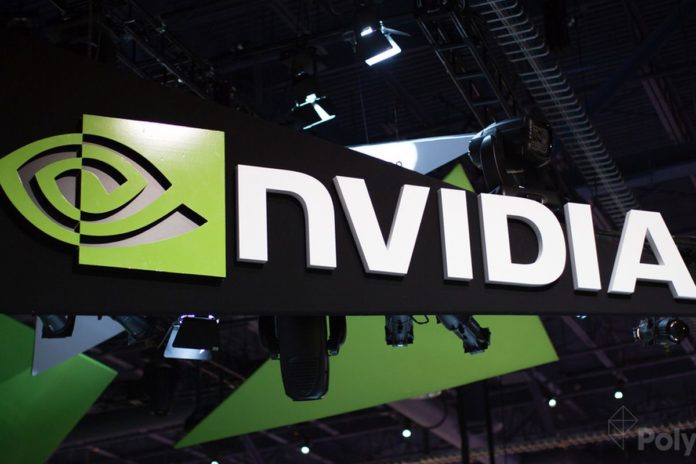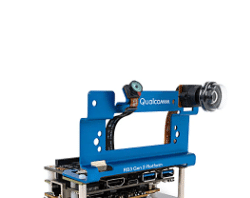Using accelerated image pre- and post-processing methods and tools, CV-CUDA can handle 10 times as many photos for the same price.
NVIDIA introduced CV-CUDA, an open source toolkit for creating accelerated end-to-end computer vision and image processing pipelines, with the aim of assisting with image processing that is both quicker and more effective on a large scale. Video makes up the majority of internet traffic. This film will increasingly feature computer graphics and AI special effects.
Adding to this complexity are the rising cloud computing costs and inefficiencies in the computer vision and AI-based image processing pipelines of quickly expanding social media and video-sharing platforms. AI special effects like relighting, reposing, softening backgrounds, and super resolution are accelerated using CV-CUDA. Already, the inference phase of AI computer vision pipelines is accelerated by NVIDIA GPUs. However, pre- and post-processing with conventional computer vision technologies eats up time and resources.
More than 50 high-performance computer vision algorithms, a development framework that makes it simple to design unique kernels, and zero-copy interfaces to eliminate bottlenecks in the AI pipeline are all provided by CV-CUDA to developers. Higher throughput and cheaper cloud computing expenses are the end results. On a single GPU, CV-CUDA can process 10 times more streams.
All of this enables developers to work considerably more quickly on projects including the development of video content, 3D environments, picture-based recommender systems, image recognition, and video conferencing. Platforms for creating video content must filter, improve, and regulate millions of video streams every day while making sure mobile users have the greatest possible experience using their apps on any phone.
- It is hoped that CV-CUDA will make it possible for jobs to assist in creating or extending 3D worlds and their components for those developing 3D worlds or metaverse apps.
- Mobile users can now take advantage of sophisticated and responsive image recognition applications thanks to CV-ability CUDA’s to greatly speed up the pipelines running at hyperscale for image analysis and recognition.
- Additionally, CV-CUDA can handle complex augmented reality-based capabilities in video conferencing. These capabilities might entail intricate AI processing chains needing several pre- and post-processing processes.
Through manually tuned CUDA kernels, CV-CUDA speeds up pre- and post-processing pipelines. It also seamlessly interfaces with popular deep learning frameworks like PyTorch and C/C++. In NVIDIA Omniverse, a platform for collaboration and virtual world simulation for 3D workflows, CV-CUDA will be one of the key technologies that help speed up AI operations. In December, code will be made available to developers ahead of its beta release in March.




